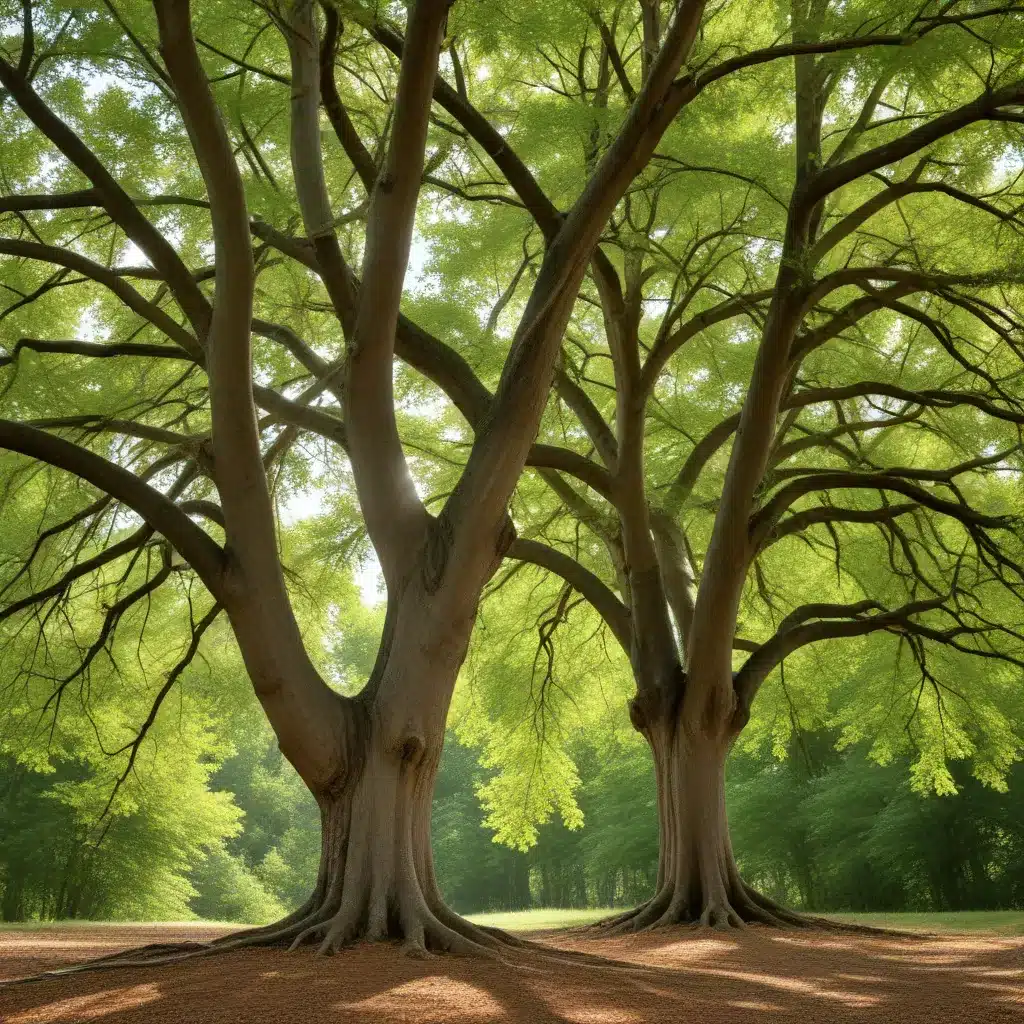
Visual inspections, conducted by property owners, can reveal early signs of potential tree hazards. However, consulting a certified arborist is often necessary for a comprehensive risk assessment and recommended mitigation strategies. Understanding the characteristics of hazardous trees and the associated risks is crucial for maintaining the safety and integrity of a property’s landscape.
Tree Risk Assessment
Identifying potentially dangerous trees begins with a thorough visual inspection. Property owners should examine their trees from various angles, including distant and close-up views, to assess the overall health and structural integrity of the specimen.
The root system is a vital component of a tree’s stability. Signs of root problems include visible decay or damage, soil heaving or cracking around the base, and exposed roots due to erosion. Compromised root systems can significantly reduce a tree’s ability to withstand strong winds or heavy loads, increasing the risk of failure.
Examining the trunk can reveal indicators of potential hazards, such as cracks, splits, large cavities, or severe decay. Multiple trunks with weak attachment points and a recently developed lean can also compromise the tree’s structural integrity.
Assessing the branch structure is crucial for identifying potential hazards. Look for dead or dying branches, weak attachments, overextended or overweight branches, and those that are crossing or rubbing. Weak or damaged branches have a greater potential to break and fall, especially during inclement weather.
The overall health of the canopy can provide valuable insights into a tree’s condition. Indicators like thinning or sparse foliage, discolored or undersized leaves, premature leaf drop, and excessive deadwood throughout the canopy may suggest underlying issues that could compromise the tree’s stability.
Environmental factors, such as recent construction, changes in soil grade, exposure to severe weather conditions, proximity to structures or high-traffic areas, and competition with other trees or structures for resources, can also weaken trees over time and increase the risk of failure.
While visual inspections by property owners are valuable, consulting a certified arborist is often necessary for a comprehensive hazard assessment. Arborists have the expertise and specialized tools to identify less obvious signs of tree hazards, including:
- Resistograph: Measures wood density and decay within the trunk or branches.
- Sonic tomography: Uses sound waves to create images of internal tree structures.
- Electrical impedance tomography: Detects areas of decay or damage within the tree.
These advanced diagnostic tools allow arborists to accurately assess a tree’s condition, particularly when internal issues are not visible from the outside.
Hazardous Tree Characteristics
A hazardous tree is one that has structural defects or health problems that make it likely to fail, either partially or entirely. These defects can be caused by a variety of factors, including age, disease, previous storm damage, or environmental stressors.
Structural defects can take many forms, such as cracks, splits, or large cavities in the trunk, weak branch attachments, or an unstable root system. These flaws compromise the tree’s structural integrity and increase the risk of failure, especially during high winds or heavy snow and ice loads.
Disease and decay can also contribute to a tree’s hazardous condition. Fungal growth, signs of rot, or an unhealthy canopy may indicate underlying issues that weaken the tree’s overall health and stability.
Environmental factors, such as changes in soil conditions, competition for resources, or exposure to severe weather events, can further exacerbate a tree’s vulnerability. When a tree’s natural defense mechanisms are compromised, it becomes more susceptible to failure.
Tree Risk Mitigation
Recognizing the signs of a potentially hazardous tree and taking prompt action to address the issues can help mitigate the risks and prevent costly damage.
Preventive measures, such as proper pruning techniques, maintaining adequate soil management, and installing structural support systems (e.g., cabling, bracing), can help strengthen a tree’s structure and reduce the likelihood of failure.
In cases where the risk cannot be adequately mitigated, tree removal may be necessary. A certified arborist can assess the tree’s condition and provide recommendations for the most appropriate course of action, considering factors like the tree’s location, the potential targets (people, property) if it were to fail, and the overall risk to the property.
Landscape Management
Effective urban forestry practices can help identify and manage hazardous trees before they become a significant problem. Maintaining a comprehensive tree inventory, establishing a routine inspection schedule, and diversifying the species composition within a landscape can all contribute to proactive risk management.
Local municipalities often have ordinances and regulations governing tree management on both public and private property. Understanding these requirements, as well as the importance of arborist certification and permitting, can ensure compliance and help property owners make informed decisions about their trees.
Economic Implications
The consequences of ignoring hazardous trees can be severe, both in terms of property damage and potential liability. Failing to address a dangerous tree can result in costly repairs, insurance claims, and even personal injury lawsuits.
Conversely, investing in preventive care can provide long-term cost savings by reducing the risk of emergency tree removal, storm damage, and other related expenses. Additionally, well-maintained trees can increase a property’s market value and contribute to the overall environmental benefits of the landscape.
By prioritizing the identification and management of hazardous trees, property owners can safeguard their investment, protect their families and neighbors, and contribute to the overall health and resilience of their local urban forest. For more information on tree care services, visit TriCounty Tree Care.


